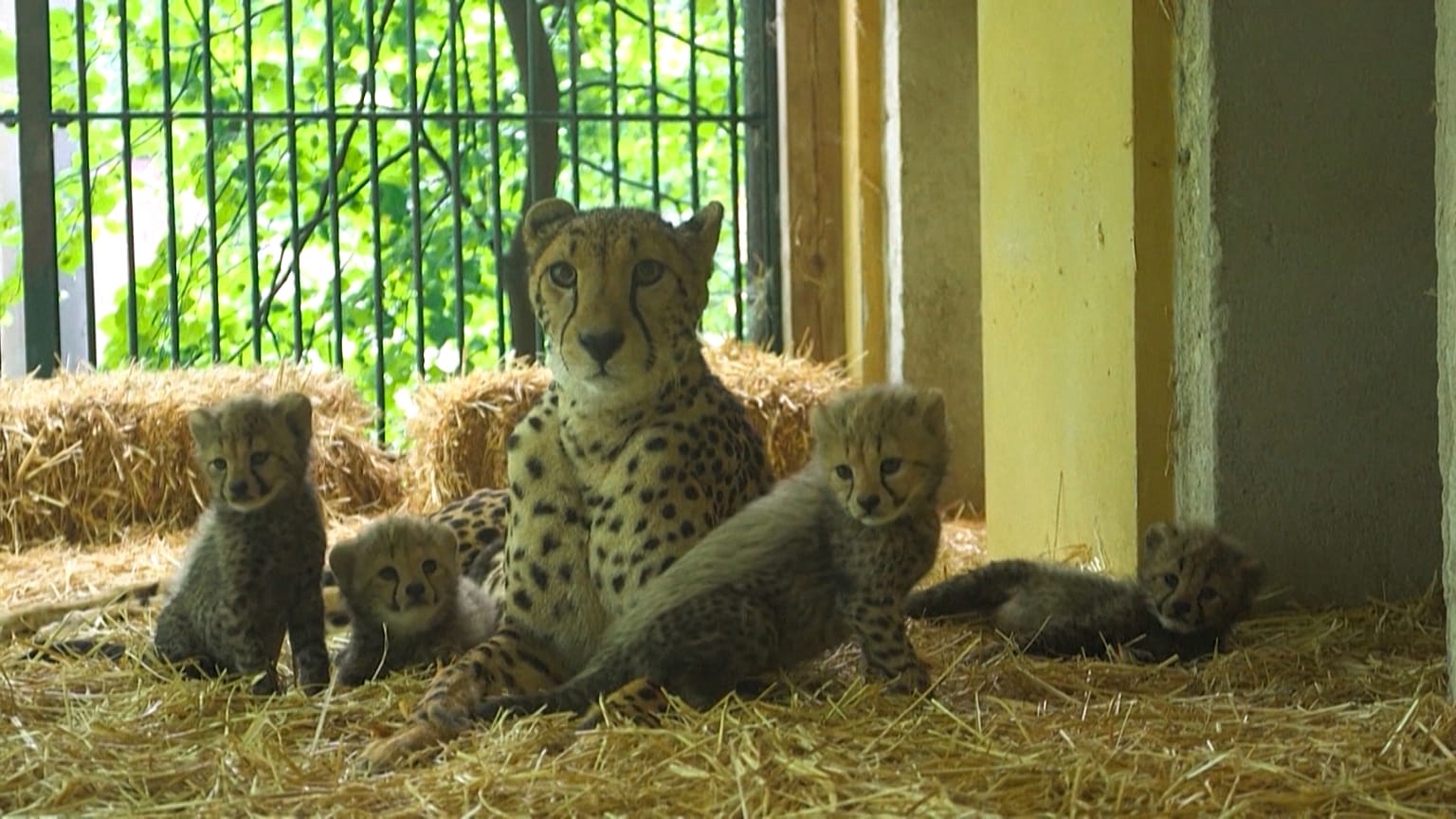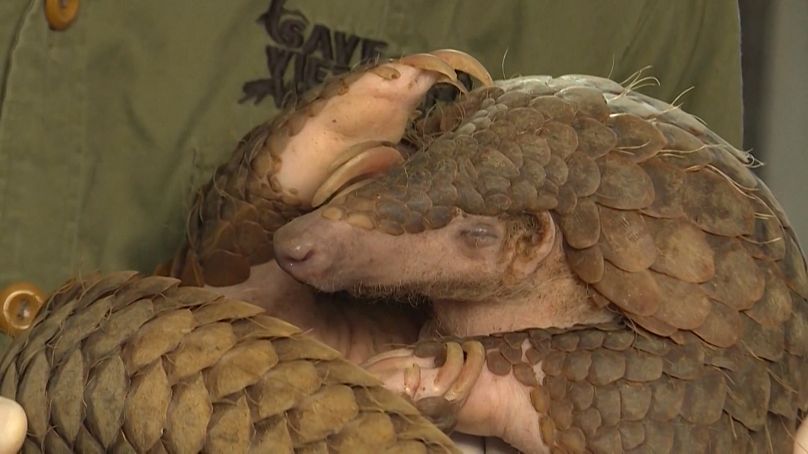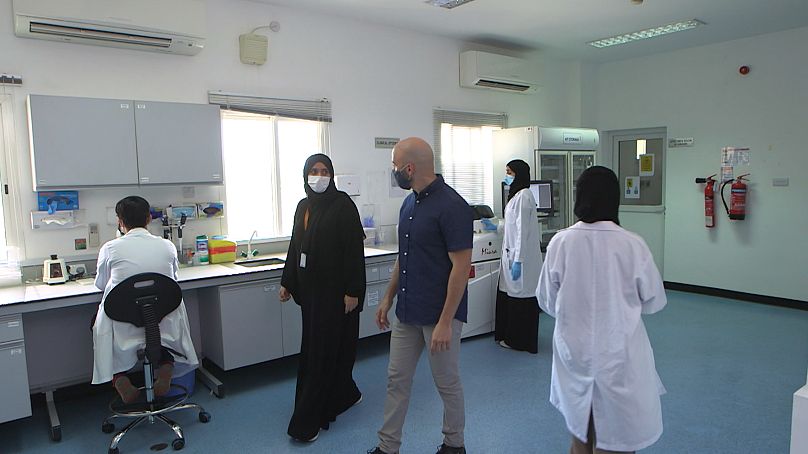For the past 15 years, the world has faced an unprecedented spike in illegal wildlife crime, according to the World Wildlife Fund.
For the past 15 years, the world has faced an unprecedented spike in illegal wildlife crime, according to the World Wildlife Fund.
The United Nations Development Programme estimates that wildlife trafficking is worth an estimated $23 billion annually.
The organization also states that the industry continues to rank amongst the top illegal trades after narcotics, human trafficking & weapons.
The UAE became the first Arab country to ban the trade and private ownership of wild animals in 2017.
Despite many other Gulf countries following suit, Al Ain Zoo curator Myyas Al Quarqaz, says some people in the region continue to own and trade exotic creatures.
Cheetahs are highly-prized house pets for some, according to UNODC, and the animals are typically imported from the Horn of Africa.
The price of a cub on the black-market averages $15,000, says the organization, which states that nearly five out of six young cheetahs will die in transit or shortly thereafter.
Missing link
Links between the current COVID-19 global health crisis and the illegal exploitation of wildlife have been highlighted in recent months.
This follows the suggestion that some international wet markets selling wildlife, in this case pangolins – sometimes referred to as scaly anteaters - could have facilitated the transfer of COVID-19 to humans, states the UNODC’s World Wildlife Crime Report, 2020.
The study says that 75 percent of all emerging infectious diseases are zoonotic, meaning that they are transferred from animals to humans. Moreover, these diseases are facilitated by environmental destruction and wildlife crime.
International trade in all pangolin species is now banned. Despite this, growing volumes are being seized each year, with the report showing that between 2014 and 2018, hauls of pangolin scales increased tenfold.
Experts warn that global community action needs to be taken, to ensure long-term human and animal health security.
“Now the chances of this [pandemic] happening again are most likely high, since we see unregulated markets continuing to launder elicit wildlife,” Jorge Eduardo Rios, Chief of the Global Programme for Combatting Wildlife and Forest Crime at UNODC told Euronews. “This is really a threat to all of us because the last thing we want is to have another pandemic.”
Animal sanctuary
For nearly a decade, the UAE’s Al Ain Zoo has taken in more than 200 rescued wild animals including primates, reptiles and big cats.
Many of the animals were trafficked and received physical and mental rehabilitation at the centre following their ordeal.
Male and female cheetahs, Bassam and Raad, were rescued last year by local authorities at the UAE border.
Due to poor welfare during transit, the one-and-a-half-year-olds arrived at Al Ain Zoo distressed and mistrustful of people.
“The bad experience obviously makes them think that all humans are bad, so we try to build their trust positive reinforcement,” curator Al Quarqaz told Salim Essaid. “Without trust, between the care staff and this animal, you cannot really move forward.”
Cats & conservation
Among Al Ain Zoo’s almost 4,000 animals of more than 200 species, conservation projects involve creatures like the long-horned addax – or white antelope - and the larger-sized dama gazelle.
Genetic breeding initiatives are also ongoing, one recipient being the enigmatic & shy Arabian sand cat.
In collaboration with the Royal Zoological Society of Scotland, AAZ conducted a comprehensive genetic analysis of the cats in 2013. This helped identify the most suitable cats for breeding and improve the genetic health of the species.
“The Arabian sand cat and the Asian sand cat, they have little differences when it comes to the genetic site,” says Hessa Al Qahtani, Head of Al Ain Zoo’s Conservation Unit. “Knowing that, we can think of them as one population.”
Today, Al Ain Zoo has around 24 Arabian sand cats.
In time, it hopes to increase the number, along with public awareness about the importance of protecting wild animals and their environments.

















